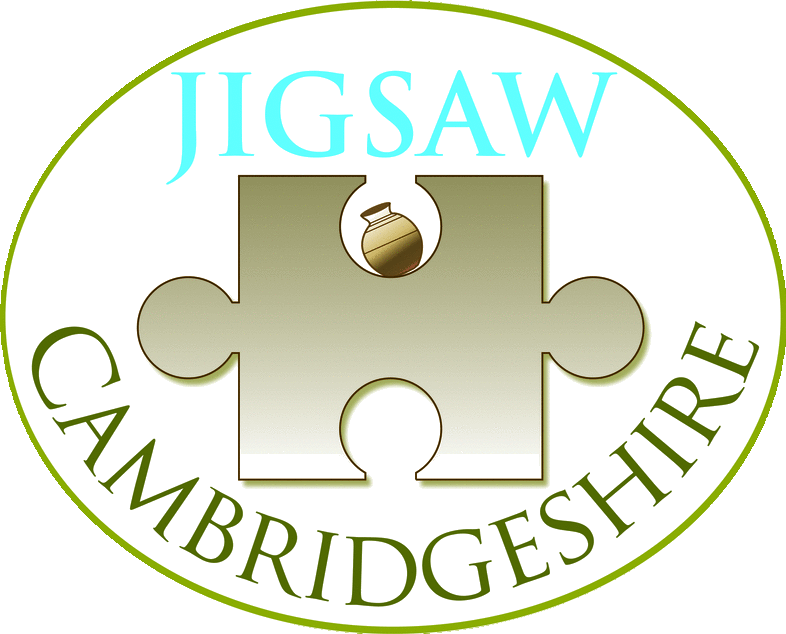Earlier Neolithic Pottery 4000-3500 BC
Pottery was not invented in Britain but was introduced from the continent in around 4000BC. The introduction of pottery is contemporary with the first farmers, who cultivated cereals and kept some domesticated animals. Earlier Neolithic pots are found in a limited range of forms. All are round-based bowls which could sit easily on the ashes of the hearth for use as cooking pots or in a depression in the floor for storing food. The bowls are often very well made and have smoothed or burnished surfaces. Burnishing, or polishing with a flat smooth stone, closes the surface of the pot making it more waterproof and gives an attractive shiny appearance.
The earliest of the Neolithic Bowl pottery is undecorated and often has a sharp change of angle or shoulder, between the neck and body of the vessel. The rim is often folded or rolled over. This form is often called Carinated Bowl from the shape of the vessel but can be called Grimston Lyles Hill in older literature named after the sites at which it was first identified archaeologically.
In Cambridgeshire Carinated Bowl can be made of flint-tempered fabric or shell-tempered fabric. The clay is well-fired to a dark grey brown colour and the surfaces are often well finished. The Early Neolithic period is characterised by the use of carinated bowls along with monuments such as causewayed enclosures, long barrows and chambered tombs as well as the predominance of multiple inhumations.
Locally Earlier Neolithic pottery is most often found in pits, tree-throws or ancient soil layers on domestic occupation sites.
More commonly found on Earlier Neolithic sites in East Anglian are undecorated bag-shaped or ‘S’ profile bowls with heavier rims than are found on the Carinated Bowls. These bowls are sometime called Plain Bowls or
Developed Bowl as they may represent a development from Carinated Bowl and are perhaps a little later appearing around 3700BC. These bowls are made of similar flint or shell-tempered fabrics to those used for Carinated Bowl and it is often difficult to identify sherds of these earliest Neolithic pots to a specific form. Identification is further hampered by the persistent use of flint and shell in later prehistoric pottery. It is therefore useful to look at other artefacts you may find with the pottery, especially flint tools, which will help identify its age.
Probably around the same time that Developed Bowl appears in the archaeological record the first decorated vessels are also beginning to be made. In Cambridgeshire the local decorated bowl form is known as Mildenhall Ware after the large settlement site at Hurst Fen Mildenhall where it was first identified. These bowls are also round based and made of flint-tempered fabric and most often have a thickened or ‘T’ shaped rim, a concave neck and sharp shoulder. The rim and upper body are elaborately decorated with patterns of stabbed dots and short incised lines. Mildenhall Ware was in use from around 3700BC to 3400BC.




